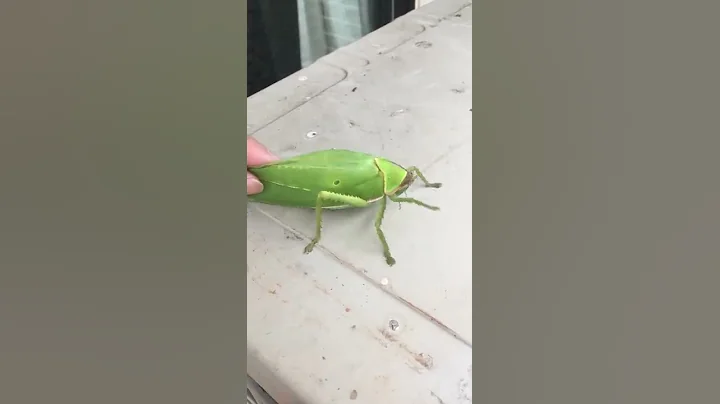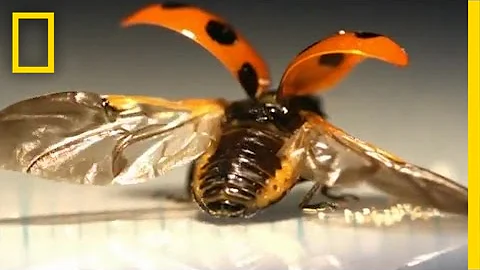1. Morphological characteristics
Star longhorned has black body wings and multiple white spots on each elytra. Its body length is 50mm and its head width is 20mm. The body color is bright black; there is a white spot on the left and right sides of the front and back of the thorax; there are many white spots scattered on and , and the size of the white spots varies greatly among individuals.
Adult: The female adult has a body length of 36-45mm, a width of 11-14mm, and the antennae extend beyond the body by 1 and 2 segments; the male adult has a body length of 28-37mm, a width of 8-12mm, and the antennae exceeds the body by 4 and 5 segments. The body is black with metallic luster. The head and ventral surface of the body are covered with silvery white and some blue-gray fine hairs, but no markings are formed. The first and second sections of the tentacles are black, and there are light blue hair rings at the base 1/3 of the remaining sections, and the rest are black. The pronotum has an obvious middle slope, and there are sharp and thick lateral spines on both sides. The base of elytra and is densely covered with small black particles. Each elytra has 15-20 large and small white spots, arranged in 5 horizontal rows, with great variation.
2. Main hazards
Star beetles are important dry borer pests in my country's forestry. One generation occurs every year. The larvae overwinter in the xylem of the damaged host. They start feeding from March 10th to 30th, and April 20th to 30th Pupation , emergence from May 20th to 30th, larvae hatching from June 1st to 10th and overwintering from October 20th to 30th. Star beetle has a wide host range, miscellaneous feeding habits, high destructiveness, and high difficulty in control. It has been reported to damage many kinds of trees such as sycamore, poplar, willow, elm, jujube, chestnut, crape myrtle, etc.
3. Prevention and control methods
(1) Silviculture measures
Setting up bait trees
Breeding resistant tree species
(2) Physical control
Physical control methods need to be combined with the time patterns of each longhorned insect stage for centralized management. These include: cutting down dead trees in a timely manner, manually catching and killing adult insects during the peak period of adult beetles, scraping off eggs during the peak spawning period, and hammering young larvae.
(3) Biological control
Biological control is an important means of integrated pest management.
Use beneficial birds to control
pathogenic fungi
(4) Chemical control
Use omethoate with kerosene to control larvae, the lethal effect can reach more than 90%. Chemical agents have a certain effect on the control of beetles, but the use of chemicals will harm other non-target species and cause serious damage to the environment; at the same time, with the long-term use of chemical agents, the resistance of long-term beetles will increase, and the prevention and control of long-term beetles will be difficult. The difficulty will increase.
(5) Attractant control
The plant-derived attractant of longhorn beetle is mainly extracted from the volatile matter of Kudong.
The use of sexual attractants has a good effect on star beetles, and the trapping amount is significant.























